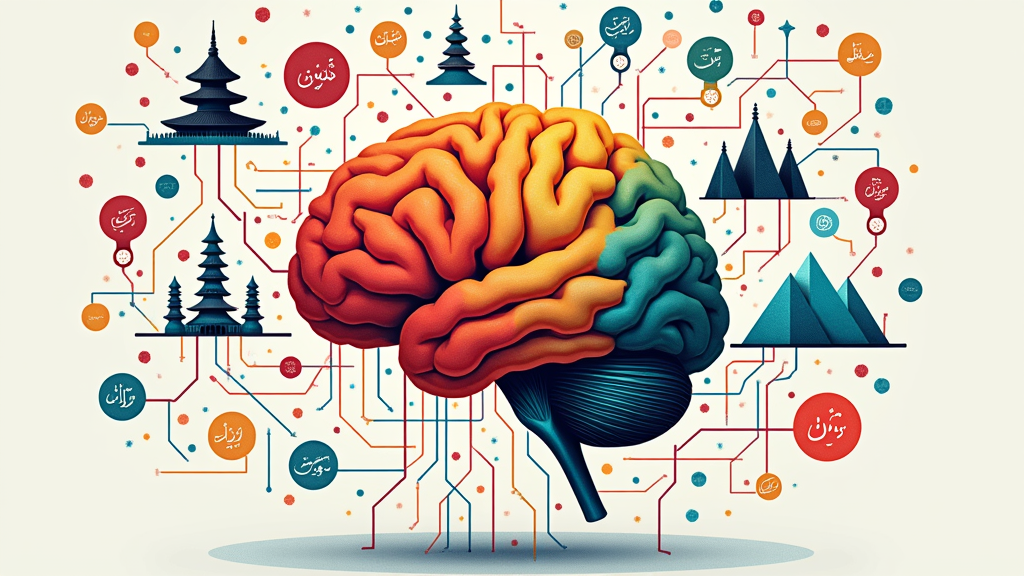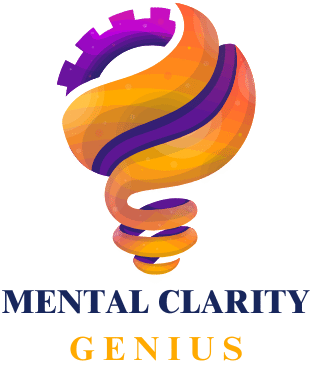Working memory shapes how we learn, solve problems, and handle tasks in daily life. It’s the brain function that lets us hold and juggle information in the mind for short periods. For a long time, most research treated working memory as universal, but there’s actually a lot going on across cultures. Culture, language, and environment all influence how working memory shows up and gets used around the world. Spotting these differences can give us fresh insights into the brain, learning, and even education or workplace strategies.

What Is Working Memory?
Working memory is basically the mental workspace where you temporarily hold information so you can work with it. Say you try to remember a new phone number just long enough to dial it—that’s your working memory in action. Scientists often break it down into three main parts:
- Storage: Holding info for a short time (like words or numbers you need right now).
- Manipulation: Rearranging, updating, or combining those bits (like mental math).
- Control: Shifting focus, resisting distractions, or switching between rules.
Researchers often use tasks like digit recall (repeating a series of numbers), backward span (reversing a sequence), or N-back tasks (keeping track of changing information) to test working memory. What’s interesting is that while we all use these mental skills, how we actually perform in these tasks can look pretty different depending on where we grow up and what languages we speak.
How Culture and Environment Shape Working Memory
Culture isn’t just about food and holidays; it’s deeply tied into how we think and problem-solve. Over time, researchers found that people from different cultures process and prioritize information in unique ways. Two main cultural perspectives come up often:
- Individualistic Cultures: These cultures (like most of Western Europe and the US) often focus on individual achievement and analytic thinking, breaking problems down into parts. People growing up here might shine in tasks that need independent analysis and focus.
- Collectivistic Cultures: In places like East Asia or Latin America, working together, context, and relationships tend to get more attention. The brain might get extra practice at remembering social cues, or at shifting attention between details and the bigger picture.
How does this connect to working memory? Cognitive scientists started noticing that these cultural emphases influence how we mentally organize and recall info. For example, studies found East Asian children tend to do better on visualspatial memory tasks, while Western kids often excel on tasks tied to language or specific details. This may come from daily habits, like reading direction, social expectations, or language structure.
Language’s Role in Shaping Working Memory
Language is a huge part of working memory. If you’ve ever tried to remember a phrase in a language that isn’t your own, you’ve probably noticed it’s harder! The structure of our first language—how it sounds, how short or long the words are, and how sentences are built—can impact the size and efficiency of working memory.
One example comes from studies looking at digit span in kids from different countries. Chinese speaking children usually recall longer strings of numbers than English speaking kids. Researchers say this may be because Chinese number words are shorter and take less time to say, making them easier to repeat before they’re forgotten. This word length effect shows up in lots of memory research involving language.
The picture gets even more interesting when you add bilingualism. People who speak more than one language often show some advantages in working memory tasks that need switching between tasks or ignoring distractions. Their brains get regular training shifting back and forth between languages, which appears to boost mental flexibility. In fact, bilingual people often develop stronger abilities to control attention because their brains are used to filtering out interference from the language not in use, which transfers to other working memory tasks as well.
How Social Practices Shape Working Memory
The way families, communities, and schools handle learning can adjust which parts of working memory get the most workout. For instance:
- Storytelling: In many Indigenous cultures, memory is built using stories, landmarks, and visuals. Kids get practice linking information with spatial or social cues, strengthening visualspatial and social working memory.
- Memorization: In places where rote memorization is a part of schooling, like reciting poems or math facts, verbal working memory can get a real boost.
- Collaborative Tasks: Classroom activities that use group discussion or shared planning not only help social skills but also challenge working memory, since kids juggle multiple ideas and perspectives at once.
This means children growing up in different places may build different patterns or strengths within their working memory, even if they’re doing the same kinds of tasks in a lab. For example, a child raised in a community with a rich tradition of oral storytelling may naturally develop sharper recall for narrative sequences and details, whereas a child in a highly literate, test-prep focused environment may develop a knack for quickly memorizing lists or facts. These distinctions reflect real strengths that are valuable in adulthood, not just childhood.
Challenges and Considerations in Research
Studying working memory across cultures is trickier than it looks. Many tests were designed in Western labs and may unintentionally favor certain skills, like remembering random numbers or English words. When they get used with people from different language backgrounds or with different everyday experiences, comparisons might not actually be fair. There are lots of details researchers have to carefully consider and adjust for when looking between groups.
Some things researchers need to watch out for:
- Language bias: Translating memory tasks doesn’t always make them equal; the words or concepts might be harder or easier in different languages.
- Socioeconomic factors: Access to schooling, nutrition, or health can shape brain development and working memory, outside of culture alone.
- Test familiarity: Kids used to taking school tests or quizzes might approach tasks with different strategies. Someone who is used to certain types of questions could have an edge, regardless of their true working memory capacity.
Careful research using culturally relevant tasks helps build a more trustworthy global understanding of working memory. Newer studies work hard to develop tests suited to each context, and researchers increasingly partner with local experts to shape their approaches. This way, they get results that really reflect local abilities—not just a measure of how familiar a child is with a certain test format.
Everyday Applications and Takeaways
Cultural and linguistic twists on working memory aren’t just for scientists; they are really useful in daily life, school, and work. Teachers and parents can use this info to pick study strategies or classroom tools that fit best. For example:
- Visual Aids: Kids from cultures with strong oral or spatial practices may learn better with diagrams, maps, or storybased approaches. Using visuals can play to these strengths and help information click.
- Group Activities: Some students may thrive in collaborative work, where brainstorming builds on verbal and social memory skills. Group projects and discussions can give everyone the chance to practice juggling ideas and remembering what others share.
- Customizing Learning: Educators can mix written, spoken, and visual methods to suit diverse backgrounds. This boosts engagement and plays to everyone’s working memory strengths, making learning feel more relevant and approachable.
Understanding cultural differences in working memory also comes in handy at work, especially on diverse teams, where people may organize ideas, recall details, or switch tasks in unique ways. When people bring different memory strengths to a problem or project, the group is more flexible and creative. That’s a real workplace advantage!
For families, knowing your child’s strengths—whether it’s remembering images, stories, numbers, or steps—can help you pick the best ways to support learning at home. Parents can even encourage skills from both their own culture and others, helping kids become well rounded thinkers and learners.
Final Thoughts
Looking at working memory through a crosscultural lens opens up all kinds of possibilities. Instead of seeing the brain as a one-size-fits-all model, we see how deeply our surroundings, languages, and daily routines shape how we store and use information. Tapping into this knowledge can help teachers, learners, and teams work better together and pick tools or habits that play to everyone’s strengths.
Getting into the study of working memory across different backgrounds isn’t just about comparing test scores. It’s about understanding people. Every culture brings creative approaches to remembering and problem-solving. By learning from each other, we can build a more flexible and informed view of how our minds work, wherever we call home.
